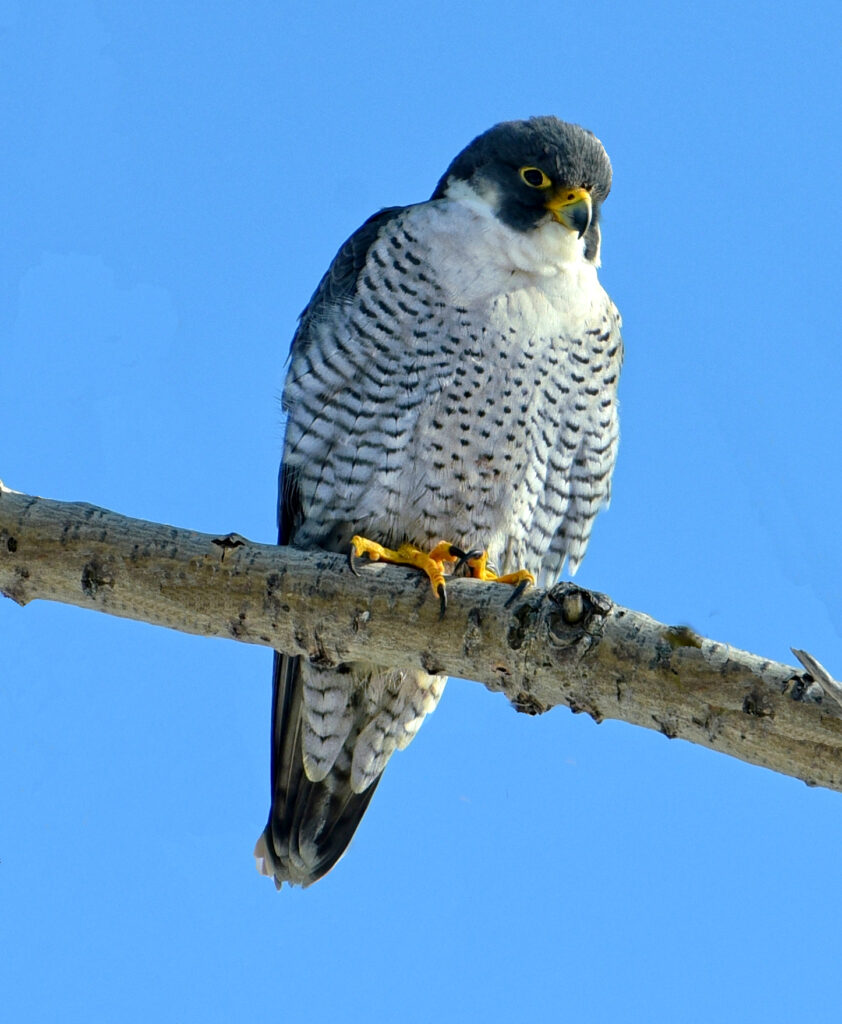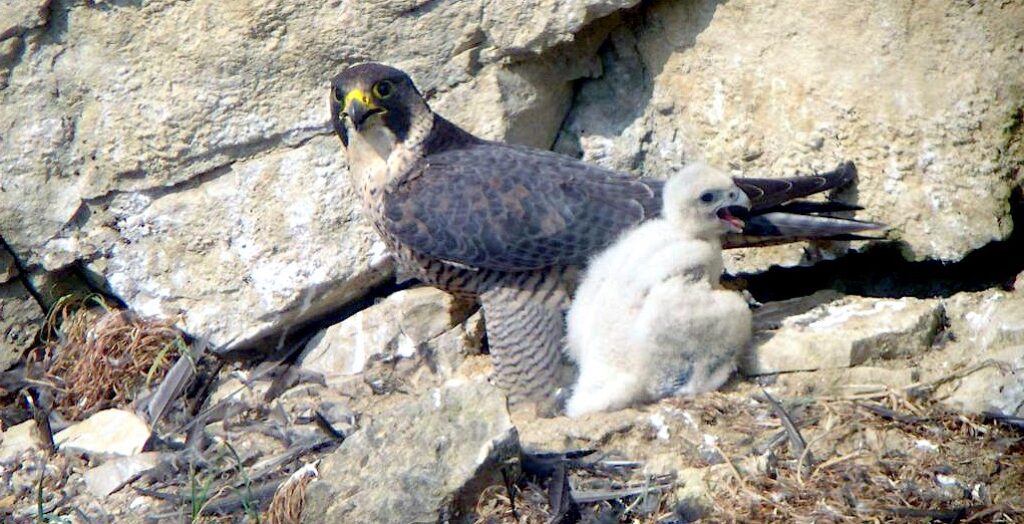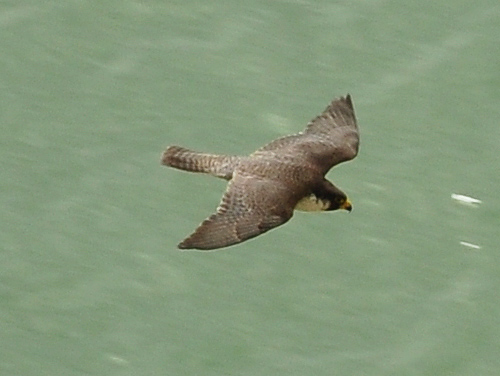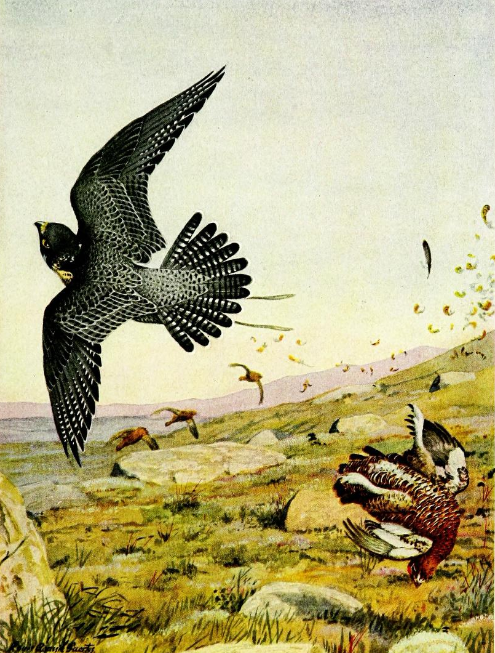A Look at Nature’s Fastest Creature

Photograph by Mykola Swarnyk – Own work, CC BY-SA 3.0
https://commons.wikimedia.org/w/index.php?curid=79786735
The Peregrine Falcon (Falco peregrinus) is a magnificent and iconic raptor known for its breathtaking speed and remarkable aerial prowess. Its wide geographic range spans six continents where it has adapted to multiple environments and ecosystems, from coastal cliffs and mountainous regions to urban landscapes. During the breeding season, Peregrine Falcons engage in elaborate courtship displays, including aerial acrobatics and vocalizations.
Generally speaking, they are monogamous in their mating behavior, forming lifelong pair bonds. Because they do not stay together during winter months, however, they will readily accept new mates if the previous one doesn’t return to the same territory.
Nesting sites are typically located on cliff ledges, man-made structures or tall trees. Both parents take turns incubating a clutch of 3-4 eggs, while the other provides food. Once the eggs hatch, the young falcons — or eyases — are cared for by both parents and are fed a diet of birds and small mammals. As the eyases grow, the parents teach them to hunt and survive in the wild.

Photograph by Georges Lignier (georges.lignier@wanadoo.fr) – CC BY-SA 3.0,
https://commons.wikimedia.org/w/index.php?curid=2758015
Peregrine Falcons are well known for their long-distance migrations. In North America, many breed in the Arctic regions during the summer and then migrate south to warmer regions for the winter. European Peregrine Falcons frequently spend cold-weather months in Africa. Wherever they set up shop for raising a family, their migration can span thousands of miles.

Photograph by Nilfanion – Own work, CC BY-SA 4.0
https://commons.wikimedia.org/w/index.php?curid=39008622
Perhaps the most well-known characteristic of the Peregrine Falcons is their high-speed aerial hunting skill. They are adept at hunting birds in flight and using their incredible speed and agility to grab their prey right out of the sky. Their diet primarily consists of other birds — typically pigeons, doves, and shorebirds — but they may also take small mammals such as bats or rodents.
During their characteristic high-speed dive — known as a hunting stoop — they can reach speeds of 200 miles per hour, making it the fastest member of the animal kingdom.
Throughout human history, the Peregrine Falcon has been revered and admired in various cultures worldwide. In some ancient civilizations, such as the Egyptian and Mongolian cultures, falcons were associated with deities and were considered symbols of power and strength. The art of falconry — the use of trained raptors for hunting — has a long history and the Peregrine Falcon was highly prized for its hunting prowess.
Birdwatchers seeking to observe Peregrine Falcons can often find them in rugged, open landscapes such as coastal cliffs, mountain ranges, and open plains. Urban birdwatchers may have the opportunity to spot Peregrine Falcons in cities, where they have adapted to nesting on tall buildings and structures. Some birdwatchers will seek out organized demonstrations of falconry to witness the impressive hunting skills of these remarkable birds.
The Peregrine Falcon has a complex history with humans, particularly in the context of conservation efforts. In the mid-20th century, the widespread use of pesticides like DDT led to a steep decline in Peregrine Falcon populations. Fortunately, through concerted conservation efforts and the banning of DDT, Peregrine Falcon populations have rebounded in many areas. Captive breeding and reintroduction programs have also been instrumental in restoring populations. As a result, the Peregrine Falcon has been removed from the endangered species list in many countries.

From “Falconry, the Sport of Kings,” Public Domain
https://commons.wikimedia.org/w/index.php?curid=23288630
So there you have it. The Peregrine Falcon is a remarkable bird of prey found in different environments across the globe. As it soars through the skies and perches on urban skyscrapers, it reminds us of the resilience and awesome beauty of the natural world, and the importance of safeguarding its future.
By Steven Roberts

